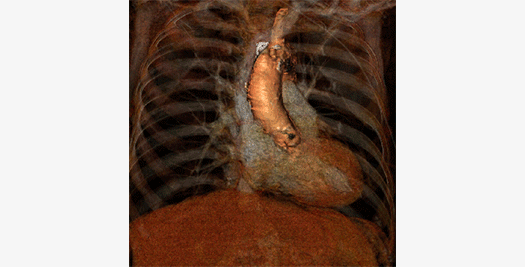Clinical Endpoint Definitions & Consensus
The Cardialysis endpoint adjudication program adheres to the most current consensus documents on endpoint definitions. These are largely driven by professional societies, regulatory agencies, and consortia of clinicians, trialists, statisticians, and industry representatives. Cardialysis representatives and adjudicators participate in several panels aiming for further standardization of definitions and trial design principles for clinical trials, especially within the Academic Research Consortium (ARC).
The ARC was founded in 2006 as an informal collaboration between clinical experts and 4 academic research organizations - the Harvard Clinical Research Institute (HCRI), Cardialysis, the Cardiovascular Research Foundation (CRF), and the Duke Clinical Research Institute (DCRI) - with advisory participation of the U.S. Food and Drug Administration (FDA) and other regulatory bodies across continents. Read more at the ARC website: www.academicresearchconsortium.org
The purpose of the ARC is to create a dynamic, transparent and collaborative forum for stakeholders to develop consensus definitions and standard nomenclature in pivotal clinical trials of medical devices and to disseminate such definitions and recommended processes into the public domain.
The group first focused on key definitions for application in coronary stent trials, conducting a series of "think-tank" meetings and publishing the consensus document in peer review literature in 2007. In the meantime, ARC has managed/manages a program of over 35 initiatives. The inititiatives listed below were hosted or co-hosted by Cardialysis.
- Clinical Endpoints in Coronary Stent Trials: A Case for Standardized Definitions (ARC-1,2007)
- Standardized Endpoint Definitions for Transcatheter Aortic Valve Implantation Clinical Trials: A consensus Report From the Valve Academic Research Consortium (VARC-1, 2011)
- Updated standardized endpoint definitions for transcatheter aortic valve implantation: the Valve Academic Research Consortium-2 consensus document (VARC-2,2012)
- Evaluation of Treatment of Patients With Lower Extremity Peripheral Artery Disease Consensus Definitions From Peripheral Academic Research Consortium (PARC-1, 2015)
- Proposed Standardized Neurological Endpoints for Cardiovascular Clinical Trials An Academic Research Consortium Initiative (Neuro-ARC-1, 2017)
- Standardized End Point Definitions for Coronary Intervention Trials: The Academic Research Consortium-2 Consensus Document (ARC-2, 2018)
- Standardized classification and framework for reporting interpreting, and analyzing medication non-adherence in cardiovascular clinical trials: a consensus report from the Non-adherence Academic Research Consortium (NARC-1,2018)
- Clinical Trial Design Principles and Outcomes Definitions for Device-Based Therapies for Hypertension: A Consensus Document From the Hypertension Academic Research Consortium (Hypertension ARC-1, 2022)
Access publications through this link: List of consensus definitions




